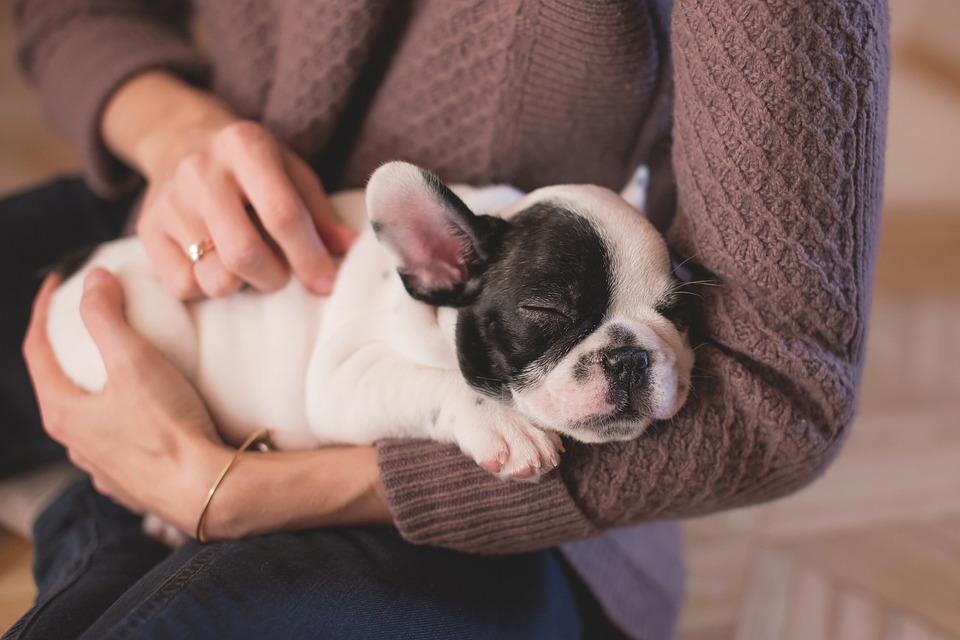Crate training is an essential aspect of puppy training that provides numerous benefits for both your furry friend and yourself. When done correctly, crate training offers a safe and comfortable space for your pup, aids in potty training, prevents destructive behavior, and eases separation anxiety. This article will guide you through effective crate training techniques to ensure a positive experience for your puppy.
Choosing the right crate is crucial to ensure your puppy’s comfort and safety. Consider the size, material, and accessibility of the crate when making your choice. Opt for a crate that allows your puppy to stand up, turn around, and lie down comfortably, but avoid selecting a crate that is excessively spacious, as this can hinder potty training efforts. Choose a crate made of sturdy and durable materials, such as metal or hard plastic, and look for crates with secure doors and easy-to-use latches for your convenience.
Introducing your puppy to the crate gradually will help them develop a positive association with their new den. Start by placing the crate in a central and comfortable location within your home. Leave the crate door open and allow your puppy to explore it at their own pace. You can place treats or their favorite toys inside to encourage exploration. Then, begin feeding your puppy their meals near the crate, gradually moving the food closer to the crate’s entrance each day. Eventually, place the food inside the crate, allowing your puppy to enter willingly to eat. Encourage your puppy to nap in the crate by placing a soft blanket or bedding inside. Ensure the crate is cozy and inviting, replicating the comfort of a den.
Once your puppy feels comfortable entering the crate voluntarily, it’s time to start increasing the duration of crate time. Begin by closing the crate door for short periods, such as 5-10 minutes, while you remain in the room. Gradually increase these intervals over time, extending them to 30 minutes or more. Reward your puppy with treats, praise, or a favorite toy when they remain calm and relaxed inside the crate. This positive reinforcement will help them view the crate as a safe and enjoyable space. Once your pup is comfortable with longer crate sessions, start leaving the room for short periods, gradually increasing your absence. Return before your puppy becomes anxious, gradually building their tolerance to being alone.
Here are some frequently asked questions about crate training:
Q1: Can crate training be used for housebreaking my puppy?
A1: Yes, crate training is an effective tool for housebreaking puppies. The confined space encourages them to hold their bladder and bowels, reducing accidents in the house.
Q2: How long can I leave my puppy in the crate?
A2: Puppies have limited bladder control, so it’s essential not to leave them in the crate for extended periods. The general guideline is to crate them for an hour per month of age, up to a maximum of 4-5 hours.
Q3: What if my puppy whines or cries in the crate?
A3: It’s normal for puppies to protest initially when crate training. However, it’s crucial not to give in to their demands. Wait for a moment of silence before providing attention or releasing them from the crate.
Q4: Can I use the crate as punishment for my puppy?
A4: No, the crate should never be used as a form of punishment. It should be a positive and safe space for your puppy, associated with comfort and security.
Q5: How can I make the crate more inviting for my puppy?
A5: Make the crate cozy by adding soft bedding, toys, and treats. Additionally, covering the crate with a lightweight blanket can create a den-like atmosphere, promoting relaxation.
Remember, crate training should always be a positive experience for your puppy. Patience, consistency, and positive reinforcement are key to successful crate training.









